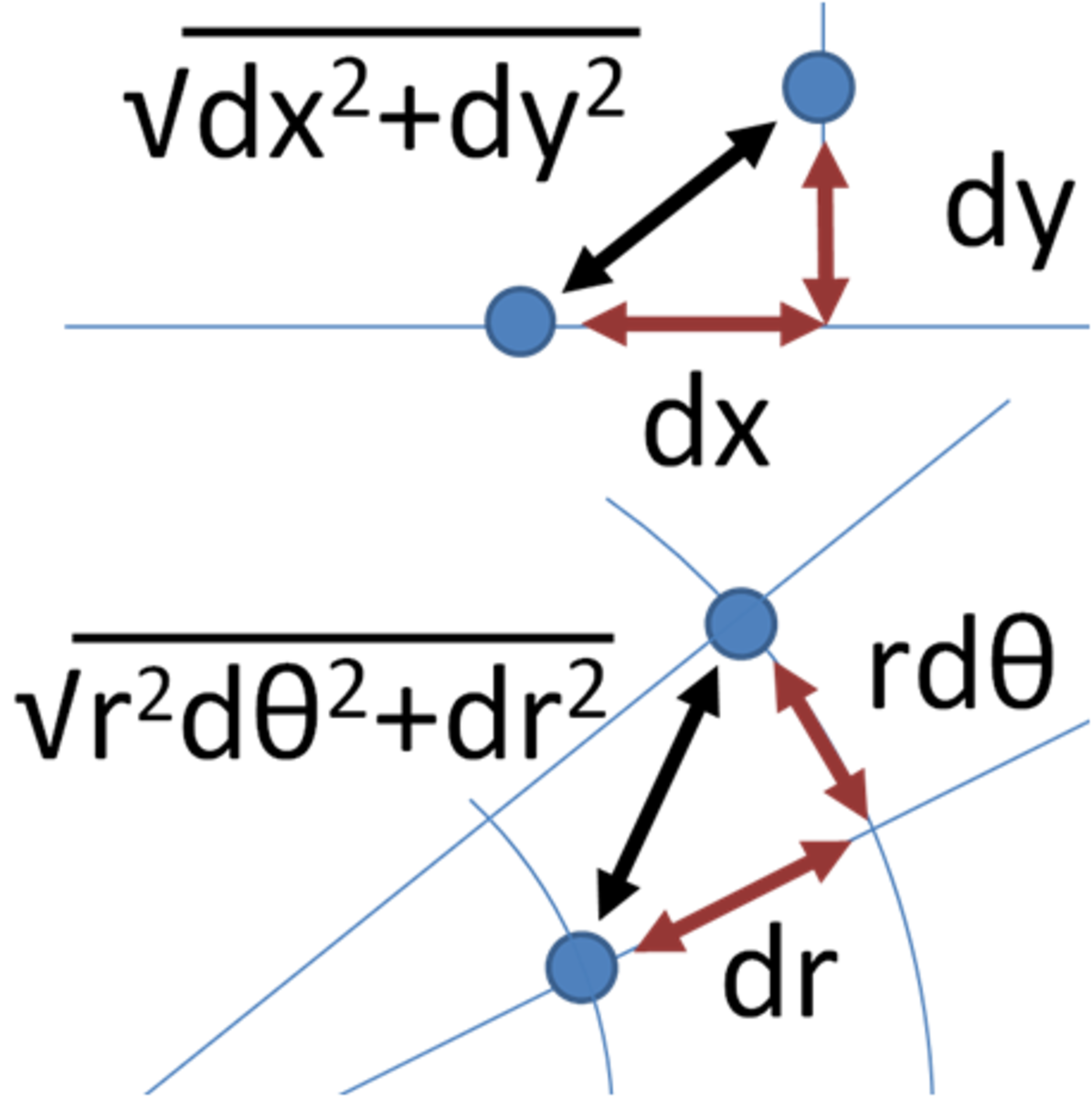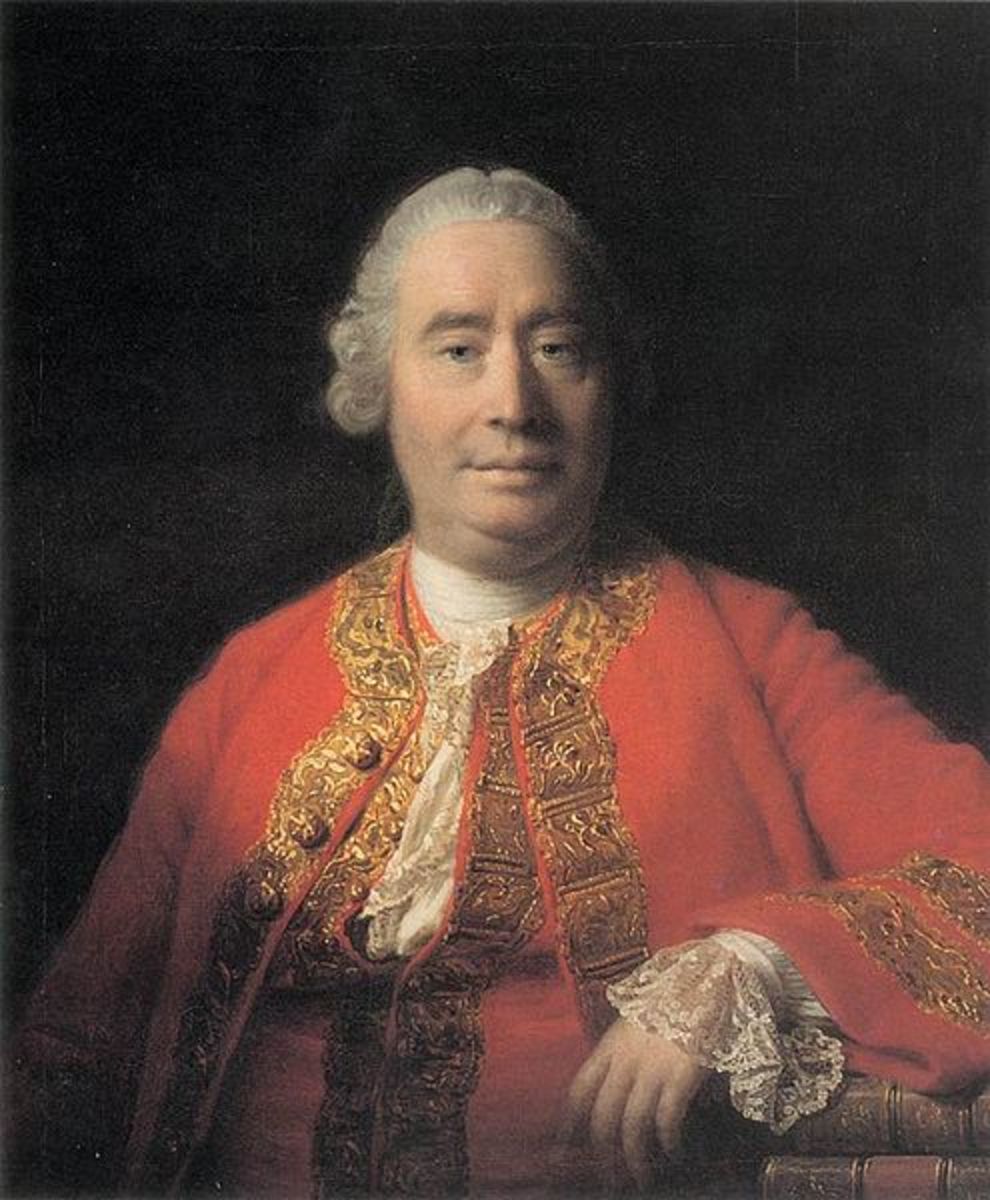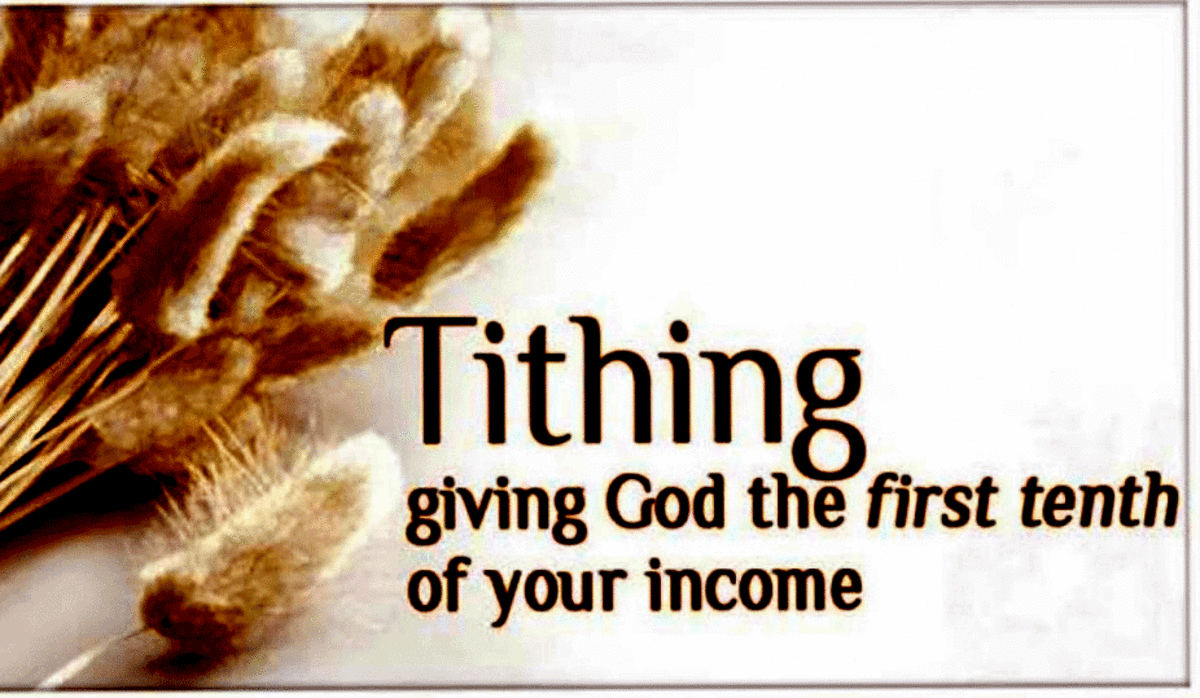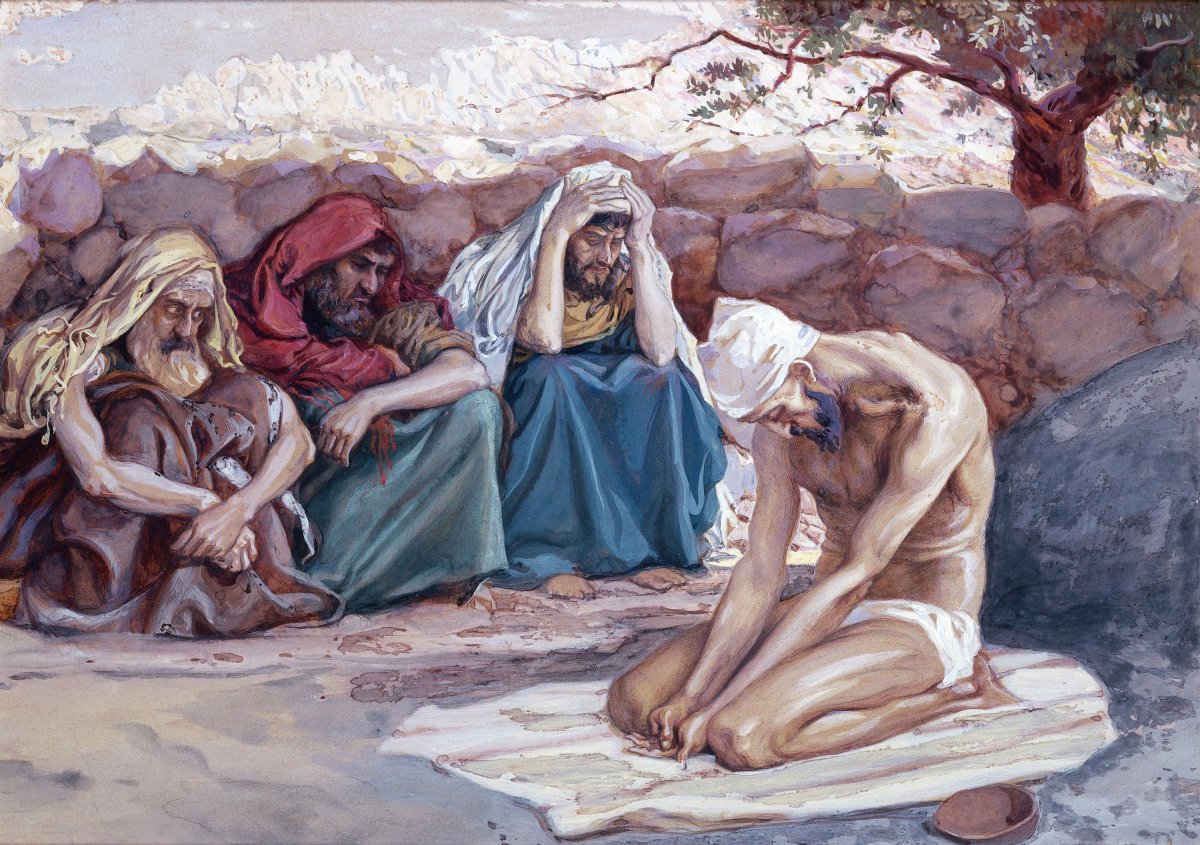Lessons from the Garden of Eden6
Part Six:
The Nature of Right & Wrong
Earlier in this series of essays, an examination of Right & Wrong was put aside in order to focus attention on Good & Evil. It’s time now to put Right & Wrong back in the spot light.
It’s already been established that the concepts of Right & Wrong existed independently from those of Good & Evil in the Garden. God told Adam & Eve they could eat the fruit of nay tree in the Garden (right behavior) except for the fruit of the Tree of the Knowledge of Good & Evil (wrong behavior). Adam & Eve were given instructions as to the right thing to do and the wrong thing to do – while they had no knowledge of Good & Evil. This clearly shows two things;
• Their knowledge of Right & Wrong preceded their knowledge of Good & Evil,
• It is possible to understand Right & Wrong independent of the concepts of Good & Evil.
Life outside the Garden, however, has merged these concepts together. Right is equated with Good. Wrong is equated to Bad/Evil. The time has come to separate this “unholy” union. They are not Siamese twins. Their union is not natural. They need to be separated.
Separating the concepts of Good & Evil from Right & Wrong – removing their connective tissues -- frees Right & Wrong to be what they were meant to be in the first place: Learning Tools.
What also needs to be understood about Right & Wrong is they are two sides of one coin. And that coin is Knowledge.
- Right = obtaining the desired or intended results
- Wrong = obtaining undesired or unintended results.
Freeing Right & Wrong from the stigma of morality makes them better, more effective learning tools. Suddenly, they are all about achieving a goal/obtaining a desired result. You proceed “the right way,” you achieve your goal. You proceed “the wrong way,” you don’t.
But here’s the interesting thing about “the wrong way” and why it is so important to free it from the shackles of morality: you can always try again, in a different manner. Wrong doesn’t mean you aren’t going to achieve your goal or intended result, it just means you haven’t achieved it yet. It is possible to learn from wrong to achieve right.
Attaching the moral concept of “bad or evil” to wrong subverts this learning process. It brings in feelings of guilt. It makes the doer feel lesser about him/herself. This tends to inhibit action -- the person stops trying. The learning process abruptly stops. Opportunities are lost. Lessons are not learned. The bottom line result of this is: feelings of inadequacy are reinforced. Futility and depression enter the picture. The “wrong doer” starts to believe he/she is a bad, incomplete, broken person.
This is why it is so important to de-moralize wrong.
Once it is freed of the morality baggage, wrong actually has wonderful things to offer:
- Doing something wrong and learning from it opens new paths to right – to attaining the desired result
- The process of moving from wrong to right often leads to innovation and, in many cases, advancements.
Given this, a case can be made that being wrong a few times is, in truth, something that is very beneficial.
What can you learn from doing things right? Presumably, the quickest and most reliable way to attain the desired result. Doing something the right way means you now know what steps/ processes need to be followed to achieve the intended goal again and again.
What it doesn’t mean is that you are better than the next person for having done something right.
And here’s an interesting attribute of right:
- Continually doing something the right way often leads to complacency and stagnation.
“Don’t fix what ain’t broke” is an oft-used axiom. It is also the key reason why people, organizations and corporations are overtaken by their competitors.
You learn from right; you learn from wrong. Doing something wrong doesn’t make someone bad any more than doing something right makes them good. Any moral characterization, association or connection has to be severed.
Right & Wrong are about action. Good & Bad/Evil are about character. Period.
Good people do things wrong. And bad people can get a lot of things right. In fact, they can do everything right, prosper and always seem to win. Conversely, good people can keep doing things wrong and always seem to be on the unfortunate side of things.
Right & Wrong are the tools we humans need to get things done…and to learn how to get the results we want. They are the equivalent of a mechanics wrench or a surgeon’s scalpel. As wrenches and scalpels, they have no intrinsic moral value. So it is with Right & Wrong.







